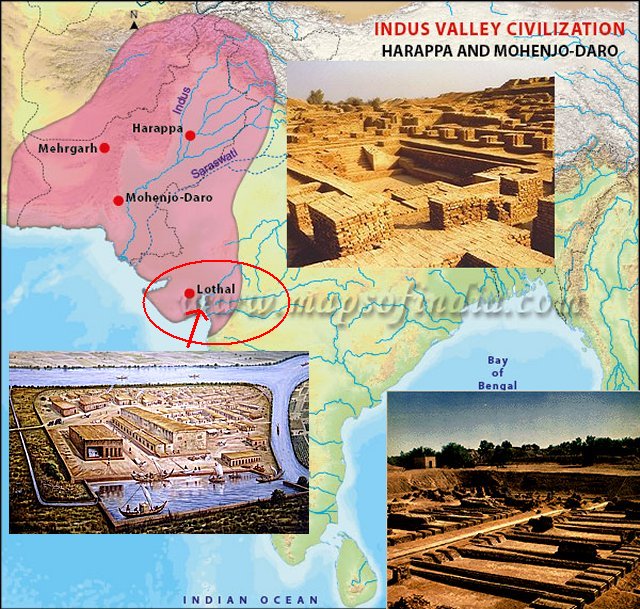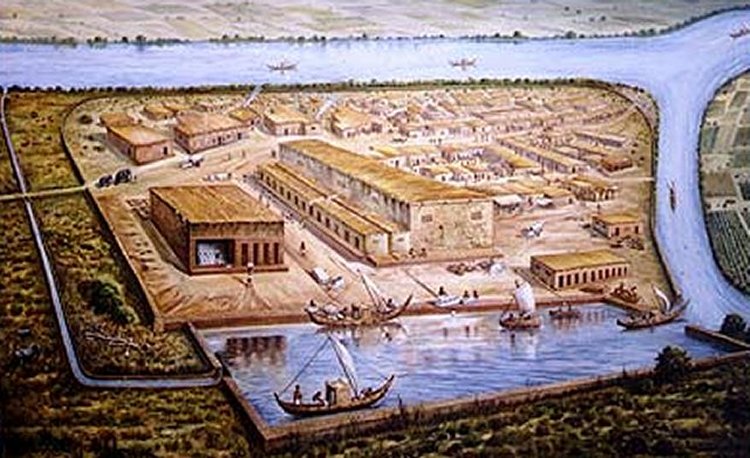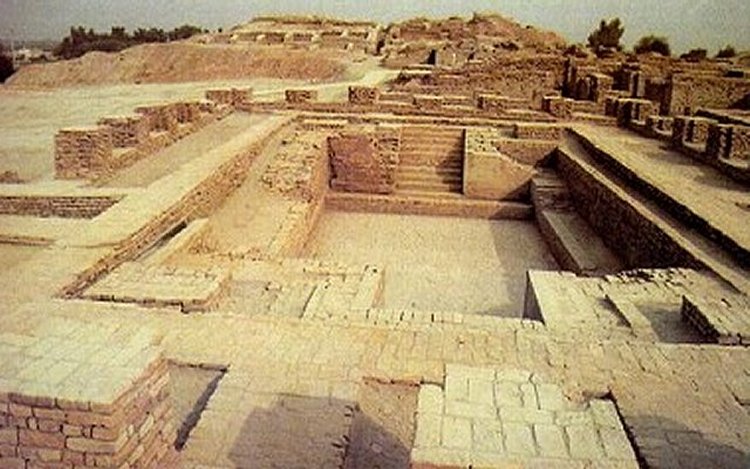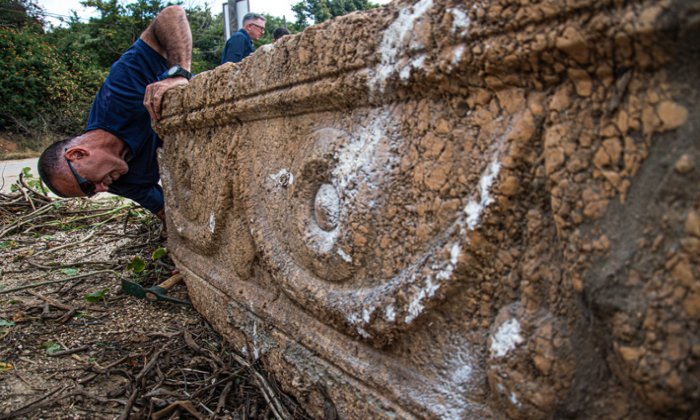Lothal – ‘City of Dead’ – One Of The Most Prominent Ancient Places In Danger To Be Forgotten
MessageToEagle.com – Throughout history, abandoned ancient places with great history have always fascinated people.
Unfortunately many of these places are now forgotten, neglected or destroyed.
Lothal, one of the most prominent cities of the ancient Indus Valley Civilization, located in the Bhal region of the modern state of Gujarat, in the western part of India is just one such example.
Lothal, which means ‘The City of Dead‘, is an old city dating back to the 4,400-year-old Harappan civilization and one of the few known ports on an ocean.

Lothal was originally the site for the lustrous Red Ware culture, associated with the post-Rigvedic Vedic civilization, and named for its mica-related pottery.
The people of Lothal worshipped a fire god, that could be the horned deity depicted on ancient seals.
The city that developed as the most important port and a center of the bead industry, gems and valuable ornaments reaching the far corners of West Asia and Africa, flourished until 1900 BC.
The massive dockyard – the world’s earliest known – has made Lothal famous. Spanning an area 37 meters from east to west and nearly 22 meters from north to south, the dock was probably the greatest work of maritime architecture before the birth of Christ.
It connected the city to an ancient course of the Sabarmati river on the trade route between Harappan cities in Sindh and the peninsula of Saurashtra when the surrounding Kutch desert of today was a part of the Arabian Sea.
Lothal was surrounded by a massive brick wall, which was probably used for flood protection. The southeastern quadrant takes the form of a great platform of brick with earth filling, rising to a height of about 13 feet (4 metres). On this were built a series of further smaller platforms with intersecting air channels, reminiscent of the granary at Mohenjo-daro, with overall dimensions of about 159 by 139 feet (48 by 42 metres).
Then, a great flood apparently resulted in gradual decline of Lothal.
While there is still no sure reason for the decline of the city , archaeological evidence gathered by the Archaeological Survey of India, appears to point to natural catastrophes, mainly floods and storms as the source of Lothal’s downfall. The worst consequence was the shift in the course of the river, cutting off access to the ships and dock.

See also:
Harappan Excavation Sites Hold Clues To Unravelling Impressive And Mysterious Culture
Now, the city’s remnants are being obliterated. It still attracts visitors, particularly school and college students but no guards protect the ancient ruins and there are no proper guides to show the visitor around Lothal,’ according to source.
Tourists trample the structure with little concern for its fragility, and it is common to witness people stealing archaeological remains from the site.
Lothal’s cemetery is no longer accessible because of wild growth on the approach. The cemetery houses two skeletons which were found during excavations at the site, carried out between 1955 and 1962.
The site is overrun by weeds, adding to the general air of neglect and chaos.
According to ASI officials, ‘shortage of funds has lead to staff inadequacy, which has affected even routine maintenance tasks like clearing of weeds. As of now, the gateman of the museum has to run to the historical Lothal dock to caution visitors against moving on the precarious structure.’
Money problems prevent officials from carrying out further excavations.
MessageToEagle.com
source: Britannica











